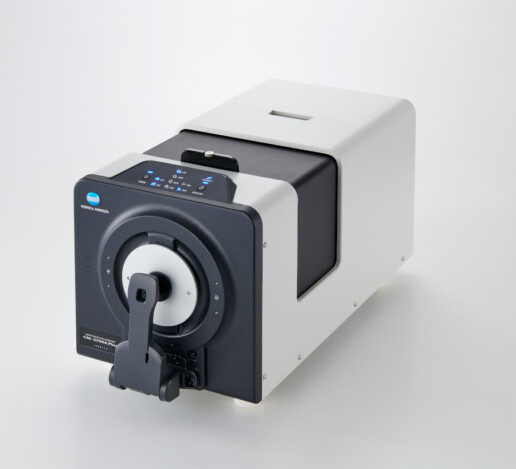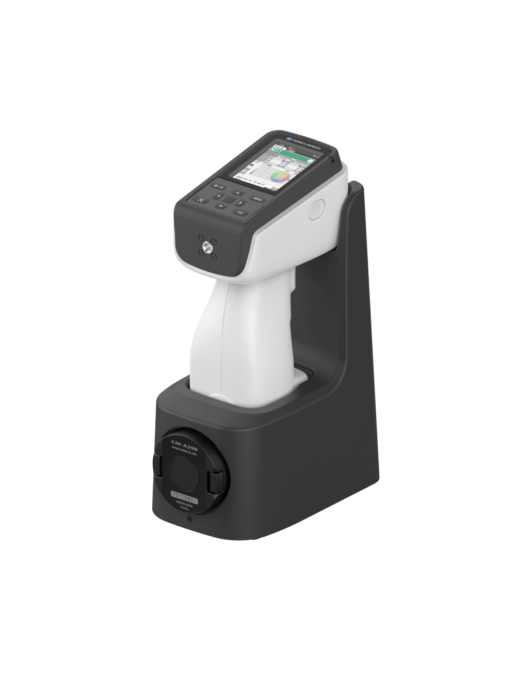Six Ways Standardizing the Color Process Improves Manufacturing Operations
1. Reduce Company Costs
The appearance of a product is critical to customer satisfaction. If its color is inconsistent or doesn’t meet the standard, the amount of rejects, rework, and time to correct the problem significantly increases. This compromises customer satisfaction and increases costs.
A standardized color process helps manufacturers establish and meet color quality standards through more streamlined, effective procedures, resulting in minimized rework, reduced rejects, and improved efficiency. With fewer errors and waste, costs are reduced and profits are increased.
2. Improve Communication Internally and throughout the Supply Chain
Color is a matter of perception and subjective interpretation. Two people looking at the same object may draw upon different references and express the exact same color in vastly different words, leading to confusion and miscommunication internally or across the supply chain.
Color measurement instruments, such as colorimeters and spectrophotometers, quantify the color and appearance of an object to evaluate its color attributes and identify inconsistencies. In addition, software programs, such as SpectraMagic™ NX2, allow users to record, analyze, and access measurement data anywhere, anytime. From design to finished product, this standard method allows seamless communication and coordination because color values and data can easily be shared and accurately expressed to others.
3. Reduce Rework and the Amount of Rejects
A color process involves setting scheduled evaluations and measurements using accurate instrumentation throughout manufacturing and production. In addition to being able to express color in numerical terms for seamless communication, this allows users to effectively evaluate a sample’s color against the standard and detect inconsistencies immediately. Corrective action can then be taken immediately for process control. By identifying the problem in advance, rework and rejects are prevented in the future.
4. Reduce Lead Time
Prior to production, users can measure the color standard and upload it to software that evaluates and formulates how to match that color. This minimizes trial and error, as well as lead time.
After a sample color is created, quality control can compare its color values against the standard’s color values. This reduces lead time because inconsistencies, if any, are detected immediately, allowing corrective action to be taken. By getting color correct the first time around or with minimal trial and error, the product can be sent to the end-user or customer quicker.
5. Improve Operational Efficiency
An improvement in efficiency is a result of the other items on this list. Implementing a standardized color process streamlines how manufacturers formulate, evaluate, reproduce, and control color to meet standards and maintain consistency. This not only reduces waste and lead time, but optimizes energy, time, and money for peak efficiency.
6. Establish and Meet Color Quality Standards More Effectively
The end goal of implementing a color process is to get the color you want, or your customer wants, for the finished product through an efficient and streamlined process. While it depends where you are in the supply chain, knowing how to accurately define and communicate color to others, how to formulate or match the standard color, and how to properly measure and evaluate your samples using high accuracy instrumentation and software ensures the finished product will meet the color standard.
Like this article? Click here to sign up for our monthly Color Trends & Technology newsletter to stay updated on the element of color, best practices for controlling and evaluating the color of objects, educational seminars, and advanced technology for research and manufacturing environments.
The technological leader in color and light measurement solutions, Konica Minolta Sensing Americas helps organizations formulate, evaluate, and control color to meet product quality and operational goals more efficiently.











